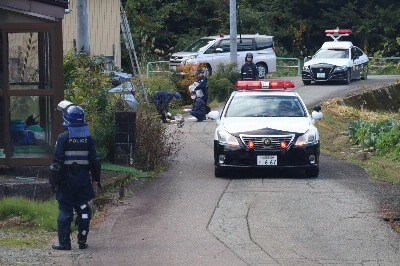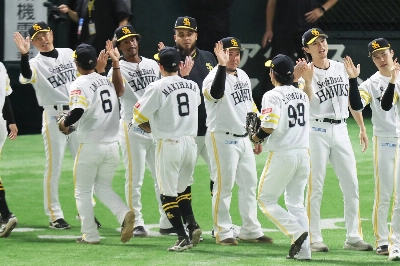I have never understood why Japanese people generally assume that words in katakana, the angular syllabary, are easier for nonnative speakers to master than words in hiragana, the rounded syllabary.
Consider the five katakana phrases with suto: ensuto, hansuto, pansuto, zenesuto and zensuto. They are, in order: engine stop (stalling, as in motoring); hunger strike; panty stockings; general strike; and, with the zen part usually written in kanji, zenbu (all) sutorippu. You guessed it, or at least I hope you did. The last one is "full-frontal nudity."
I advise you to get your katakana straight, lest you go off to the picket line and end up lap dancing in nothing more than a pair of hose.

















With your current subscription plan you can comment on stories. However, before writing your first comment, please create a display name in the Profile section of your subscriber account page.